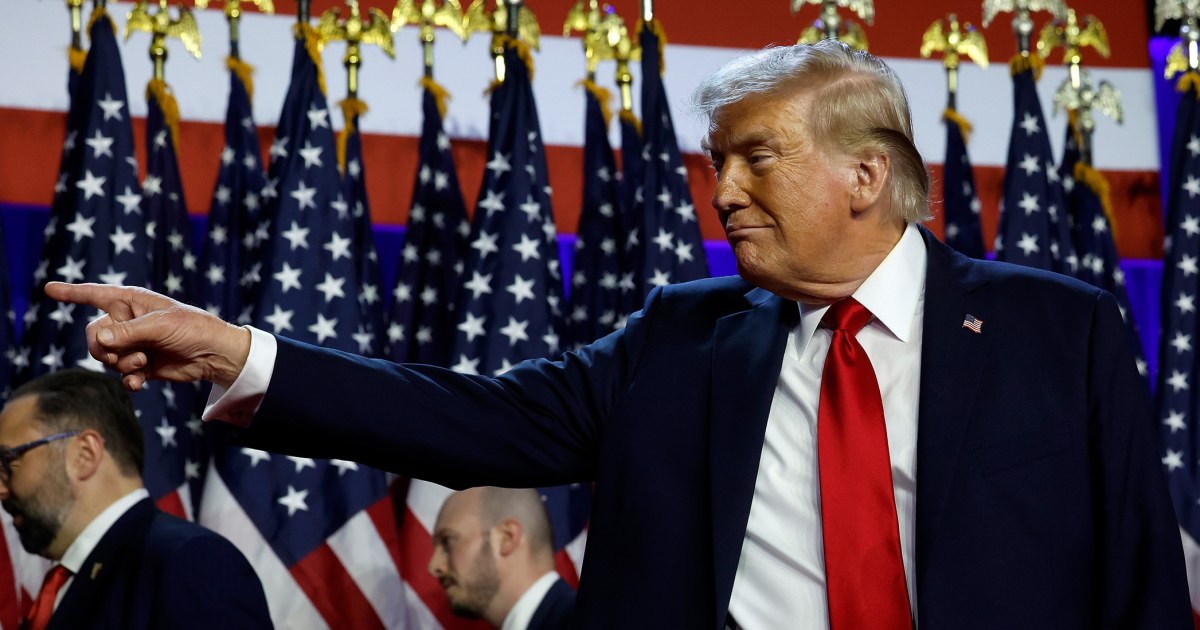WASHINGTON – Since the pandemic, federal student loan borrowers have been mostly protected from the harshest consequences of not paying back their loans.
That’s about to change, and quickly.
Linda McMahon, the secretary of the U.S. Department of Education, said the federal government will resume involuntary collections for borrowers in default on May 5.
In two weeks, loan holders will start the process of taking money from the paychecks of borrowers who’ve missed their payments for 270 days or more. They’ll also start moving to collect from other federal payments, including tax refunds and Social Security benefits.
The change, which McMahon unveiled on April 21 and has been expected for months, represents the last major cog in the wheel of the U.S. student loan repayment system to start spinning again since the coronavirus pandemic.
Read more: As clock ticks down, Biden abandons student loan relief proposals he lauded
Collections for defaulted borrowers – of which there are more than five million – have been paused since March 2020. Under former President Joe Biden, monthly student loan bills resumed in the fall of 2023 after a years-long break.
Read more: Student loan debt forgiveness becomes a reality for more than 804,000 who paid for decades
But collecting on loans, the harshest penalty for borrowers, still hadn’t restarted by the time President Donald Trump took office a second time. During the Biden administration, the Education Department pushed off recommencing involuntary collections until after the 2024 presidential election.
As court battles wage over the future of major repayment programs, much of the federal student loan system remains at a standstill. Just over a third of borrowers (38%) are in repayment and current on their student loans, according to the Education Department. More than 40 million Americans still owe payments on their federal student loans.
Roughly two million borrowers are in interest-free forbearance – meaning they don’t have to pay back their loans indefinitely – while the courts decide the legality of the Saving on a Valuable Education, or SAVE, plan. The Biden administration called the program, which bases monthly bills on borrowers’ incomes, the “most affordable repayment plan ever.”
An activist holds a “cancel student debt” sign as they gather to rally in front of the White House in Washington, D.C., on August 25, 2022.
Read more: Trump shrunk the office overseeing financial aid and student loans. These charts show how.
On April 21, McMahon accused the Biden administration of misleading borrowers and said she would “shepherd the student loan program responsibly.”
“American taxpayers will no longer be forced to serve as collateral for irresponsible student loan policies,” she said in a statement.
Advocates for borrowers denounced the change. Mike Pierce, the executive director of the Student Borrower Protection Center, said federal law gives borrowers the right to make payments they can afford.
Yet many of the programs that make such affordability possible, he pointed out, have been paused by litigation or threatened since Trump took office.
“Since February, Donald Trump and Linda McMahon have blocked these borrowers’ path out of default and are now feeding them into the maw of the government debt collection machine,” he said. “This is cruel, unnecessary and will further fan the flames of economic chaos for working families across this country.”
All borrowers in default will be notified of their status by email over the next two weeks, Education Department officials said. The agency will urge borrowers in those emails to either pay their bills, enroll in an income-driven repayment plan, or sign up for loan rehabilitation or consolidation.
Zachary Schermele is an education reporter for USA TODAY. You can reach him by email at zschermele@usatoday.com. Follow him on X at @ZachSchermele and Bluesky at @zachschermele.bsky.social.
This article originally appeared on USA TODAY: Collection on defaulted student loans to restart May 5















